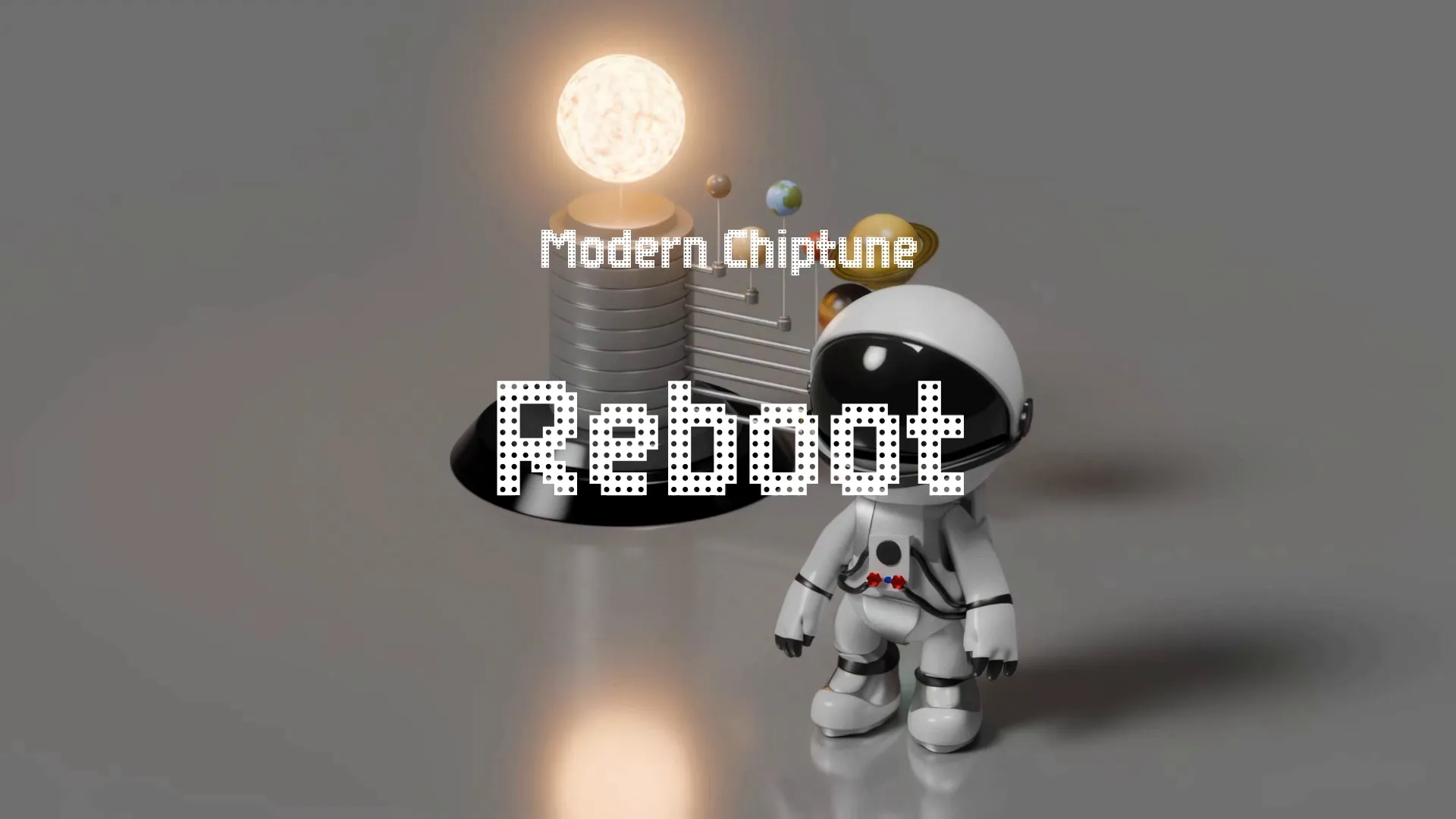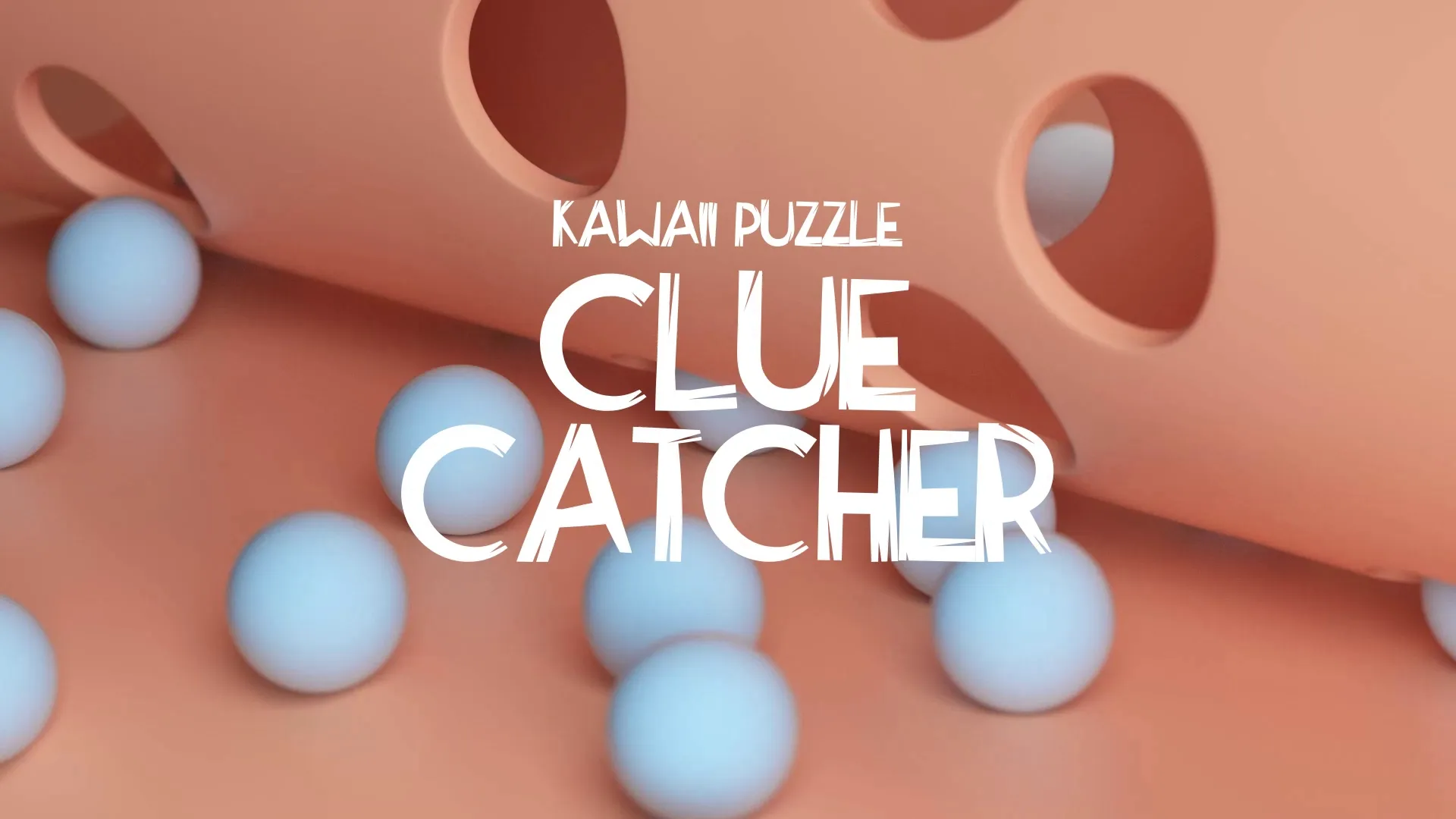Embracing the Jank: How Intentional Imperfection Can Save Your Game
Alright, buckle up, buttercups! We’re about to dive headfirst into a topic so gloriously counterintuitive, so delightfully wrong, it just might save your game. Forget polish, forget perfection! We’re here to talk about embracing the beautiful, chaotic majesty of… jank.
An Interview on the Art of Intentional Jank
Let’s get one thing straight: I’m not advocating for releasing broken, unplayable garbage. No one wants that. But I am arguing that a little bit of controlled chaos, a carefully cultivated sense of jank, can be a secret weapon in your game design arsenal. To help me explain this madness, I’ve “interviewed” my inner game developer – a cynical, sleep-deprived but ultimately brilliant (in his own mind) character named “Dev Dave.” I also want to share some of my past failures so others can learn from them.
Q: Dave, my man! What in the name of responsive controls is “jank,” and why should I, a supposedly serious game developer, want it in my meticulously crafted masterpiece?
Jank, my friend, is that… je ne sais quoi. It’s the unexpected physics quirk, the slightly-off animation, the UI element that occasionally glitches out in a hilarious way. Stop striving for sterile perfection. Embrace the imperfection!
Q: Okay, that sounds like a disaster waiting to happen. Are you seriously suggesting I just throw bugs into my game and call it a feature? Because HR will have my head.
Absolutely not! That’s unintentional jank, a festering wound on the digital flesh of your game. We are aiming for intentional jank. Imagine the difference between a carefully placed mole versus a rapidly spreading skin cancer. We’re talking about a carefully curated, charmingly awkward experience.
Q: "Charmingly awkward"? Is that even a thing? Give me an example!
Think Goat Simulator. Did Coffee Stain Studios intend for the goat to clip through walls and ragdoll into oblivion? Maybe, maybe not. But those “bugs” became the core of the game’s appeal. It’s hilarious! It’s unpredictable! It’s… janky! This also shows the fine line of making the jank a feature, not a nuisance.
Q: So, it’s about turning accidental glitches into comedic gold? That sounds… risky. What are the pitfalls I should avoid?
The biggest pitfall is going overboard. Too much jank, and your game becomes unplayable. The other big mistake is not understanding why a particular bit of jank is appealing. Is it funny? Does it create emergent gameplay? Does it simply feel… good? The jank has to serve a purpose, other than just being broken.
Q: "Emergent gameplay"? Now you’re just throwing buzzwords at me. Explain!
Emergent gameplay is when players discover unexpected ways to interact with your game’s systems, often leading to surprising and delightful results. Intentional jank can be a catalyst for this. A slightly wonky jump animation, for instance, might allow players to reach unintended areas. A weird physics interaction might create a new speedrunning trick. It’s like giving the players a broken toy and watching them figure out how to make it amazing.
Q: Okay, I’m intrigued, but still skeptical. Give me a step-by-step guide. How do I actually design jank? Does this require a spreadsheet?
Create a free account, or log in.
Gain access to free articles, game development tools, and game assets.







.webp)


.webp)











